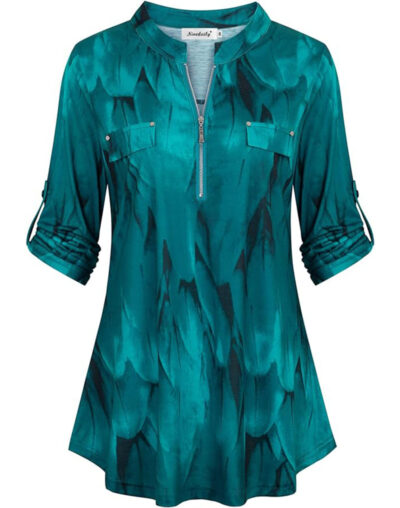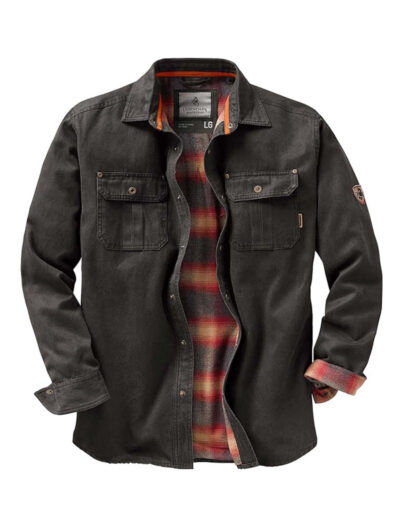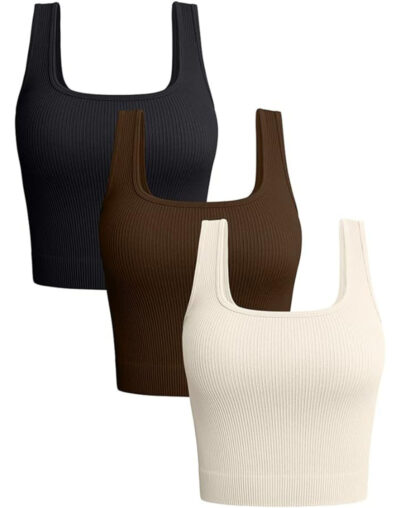Despite their benefits, sustainable innovations in fashion face several hurdles. The challenges of implementing sustainable innovations in fashion are:
- High production costs
- Resistance to change within the traditional fashion industry
- Restricted availability of sustainable materials
Such issues stem from the complex supply chains and traditional manufacturing processes prevalent in the fashion industry. High production costs often deter companies from investing in sustainable materials and ethical production methods. This leads to a reliance on cheaper, environmentally harmful alternatives.
The resistance to change within established fashion paradigms also hinders the widespread adoption of sustainable practices. This is because it requires a shift in mindset and operations.
Overcoming these obstacles will require collaboration and commitment across the industry. Such a mindset is the only way to drive meaningful change towards a more sustainable and ethical fashion landscape. This article explores these challenges further.
What Are The Challenges of Sustainable Fashion Innovations?
High Production Costs
The high production costs of sustainable innovations in fashion are often attributed to the limited availability of sustainable materials. They also stem from the complexities of sourcing such materials at scale.
This presents a significant challenge for fashion brands aiming to integrate sustainable practices into their production processes. The demand for sustainable materials exceeds the current supply. The result of this is inflated costs and logistical hurdles.
Sourcing sustainable materials at a larger scale often involves dealing with multiple suppliers. It also requires stringent adherence to ethical and environmentally responsible practices throughout the supply chain.
These complexities can further drive up production costs, hindering the adoption of sustainable innovations in the fashion industry.
Lack of Infrastructure
The lack of infrastructure presents a significant challenge to the widespread implementation of sustainable innovations in fashion. Specifically, it hinders the adoption of sustainable practices and the realization of practical solutions.
It impedes the development of efficient supply chains for sustainable materials. This only makes it harder for fashion brands to source eco-friendly fabrics and reduce their environmental footprint.
Without proper infrastructure, initiatives such as recycling and upcycling in the fashion industry face logistical barriers. This causes a constraint in scalability and impact.
The absence of adequate infrastructure also limits the incorporation of renewable energy sources and sustainable production methods. This delays the industry’s transition to environmentally conscious practices.
Limited Availability of Sustainable Materials
The limited availability of sustainable materials also poses a challenge. It hampers the fashion industry’s efforts of upcycling, sourcing organic fabrics, and integrating eco-friendly components into clothing production.
This scarcity hinders the ability to create sustainable fashion pieces that align with eco-conscious consumer demands. This leads to increased competition for such materials, which drives up costs. As a result, small-scale designers and brands find it hard to prioritize sustainability.
It can hinder the scalability of upcycling practices and limit the range of options for sourcing organic fabrics. This impacts the overall supply chain and environmental footprint of the fashion industry.
Resistance to Change in the Traditional Fashion Industry
The resistance to change within the traditional fashion industry poses a substantial obstacle. It hinders the widespread adoption of fashion sustainability and the integration of ethical sourcing practices.
This resistance often stems from entrenched norms and structures that prioritize fast fashion and cost-cutting over ethical production and sustainable sourcing.
As a result, it impedes the implementation of several things like:
- Transparent supply chains
- Fair labor practices
- Environmentally-friendly materials
Overcoming this resistance requires industry-wide education and advocacy for the benefits of ethical sourcing. It also calls for greater transparency in production processes. Only then can the traditional fashion industry transition towards a more sustainable and ethical model.
Stay up-to-date with the latest sustainable fashion practices by visiting our website, You’re In Style.












